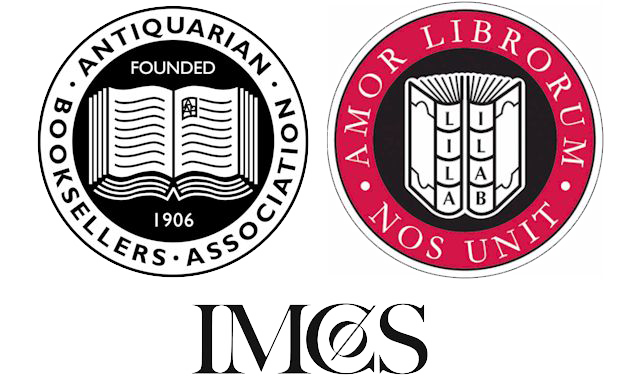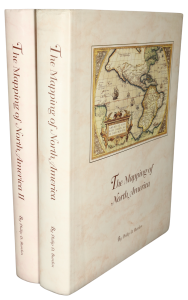Rare Maps and Prints
- World & Celestial
- North America
- West Indies, South & Central America
- British Isles
- British Isles
- English counties
- Large-scale
- Bedfordshire
- Berkshire
- Buckinghamshire
- Cambridgeshire
- Cheshire
- Cornwall
- Cumberland
- Derbyshire
- Devon
- Dorset
- Durham
- Essex
- Gloucestershire
- Hampshire
- Herefordshire
- Hertfordshire
- Huntingdonshire
- Islands
- Kent
- Lancashire
- Leicestershire
- Lincolnshire
- Middlesex
- Norfolk
- Northamptonshire
- Northumberland
- Nottinghamshire
- Oxfordshire
- Rutland
- Shropshire
- Somerset
- Staffordshire
- Suffolk
- Surrey
- Sussex
- Warwickshire
- Westmoreland
- Wiltshire
- Worcestershire
- Yorkshire
- Wales
- Scotland
- Ireland
- Western Europe
- Eastern Europe
- Middle East
- Africa
- Asia
- Australasia & Pacific
- Decorative Prints
- Title Pages
Mr. Philip D. Burden
P.O. Box 863,
Chalfont St. Giles, Bucks HP6 9HD,
UNITED KINGDOM
Tel: +44 (0) 1494 76 33 13
Email: enquiries@caburden.com
This map of China and Japan is from the most prestigious English world atlas of the seventeenth century by John Speed (1552-1629) and is one of the most desirable maps of the Far East. China is depicted suffused with lakes in a form somewhat squashed longitudinally. A legend refers to a great lake made by a deluge which engulfed seven cities and left only one boy surviving in a tree. Another talks of the Great Wall “built of ye King of China against ye breaking in of ye Tartars”. The region of Pegu (Burma) is shown as is a curious Korean peninsula. Its elongated shape derives from the earlier map by Hondius of the same region published in Amsterdam in 1606. The depiction of Japan is derived from the Portuguese Luis Teixeira which was first printed by Abraham Ortelius in 1595.
No less significant are the borders of this superb carte-a-figures. The sides bear eight portraits in national dress. Of note are the two Japanese soldiers both wielding muskets. These had only been introduced into Japan in the 1540s by the Portuguese and dramatically altered the country. At the top are four fine images only two of which depict towns; the Portuguese colony of Macao and the northern city of Quinzay (Hang-chow) whose canals are described by Marco Polo. An execution upper right is matched by a superb scene of Chinese wind machines used for transport across the windy plains.
Speed is the most famous of all the English map-makers. His two most celebrated publications are ‘The Theatre of the Empire of Great Britain’ covering the British Isles, first published in 1611[12] and the ‘Prospect of the Most Famous Parts of the World’, first issued in 1627. Speed was a tailor by profession with a great interest in history and maps. He wanted to produce an English atlas of the same high standards and quality as those published on the continent.
The ‘Prospect of the Most Famous Parts of the World’ was published in 1627, two years before the death of Speed. Ownership of the atlas passed through various hands until sometime after 1668 when Roger Rea sold the rights to Thomas Bassett and Richard Chiswell. Bassett was a specialist in legal books and Chiswell was the publisher for the Royal Society. The final 1676 edition of the ‘Prospect’ includes eight further maps on seven sheets appearing for the first and only time. Chang ‘China in European Maps’ no. 21; Cortazzi, H. p.94, pl.29; Phillips ‘Atlases’ 488; Shirley BL T.Spe 1j; Skelton 92; Wing S4886.
No less significant are the borders of this superb carte-a-figures. The sides bear eight portraits in national dress. Of note are the two Japanese soldiers both wielding muskets. These had only been introduced into Japan in the 1540s by the Portuguese and dramatically altered the country. At the top are four fine images only two of which depict towns; the Portuguese colony of Macao and the northern city of Quinzay (Hang-chow) whose canals are described by Marco Polo. An execution upper right is matched by a superb scene of Chinese wind machines used for transport across the windy plains.
Speed is the most famous of all the English map-makers. His two most celebrated publications are ‘The Theatre of the Empire of Great Britain’ covering the British Isles, first published in 1611[12] and the ‘Prospect of the Most Famous Parts of the World’, first issued in 1627. Speed was a tailor by profession with a great interest in history and maps. He wanted to produce an English atlas of the same high standards and quality as those published on the continent.
The ‘Prospect of the Most Famous Parts of the World’ was published in 1627, two years before the death of Speed. Ownership of the atlas passed through various hands until sometime after 1668 when Roger Rea sold the rights to Thomas Bassett and Richard Chiswell. Bassett was a specialist in legal books and Chiswell was the publisher for the Royal Society. The final 1676 edition of the ‘Prospect’ includes eight further maps on seven sheets appearing for the first and only time. Chang ‘China in European Maps’ no. 21; Cortazzi, H. p.94, pl.29; Phillips ‘Atlases’ 488; Shirley BL T.Spe 1j; Skelton 92; Wing S4886.
SPEED, John
The Kingdome of China Newly Augmented by I.S.
Sold by Tho:Bassett in Fleetstreet and Richard Chiswell in St. Pauls Church Yard, London, 1627-[76]
390 x 520 mm., recent wash colour, some margin reinforcement to the sides excellently done, in good condition otherwise, with wide margins and a good impression.
Stock number: 6068
SOLD






